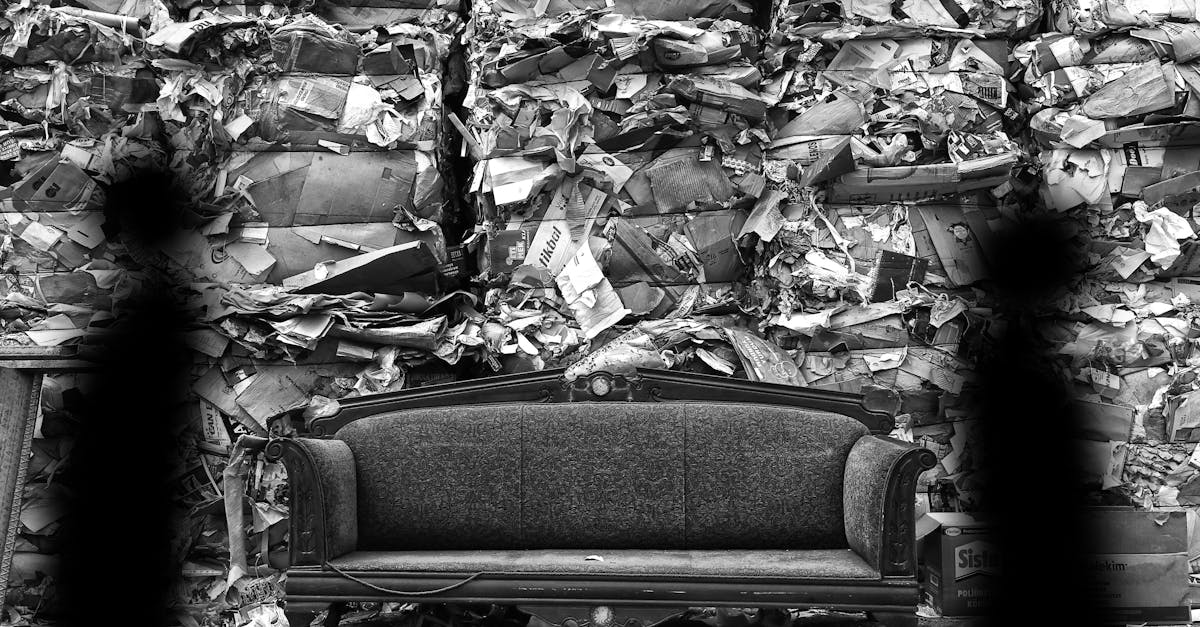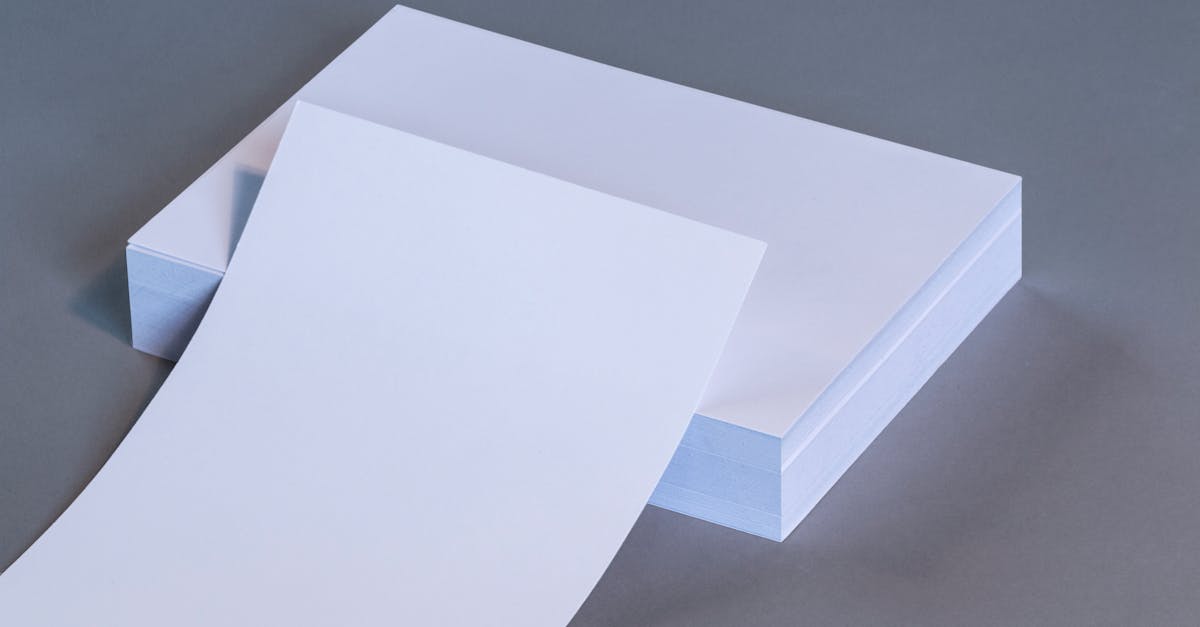Mastering Home Made Custom Stationery
Introduction to Custom Stationery Design
In an age dominated by digital communication, custom stationery offers a personal touch that's increasingly valued. Designing your stationery at home presents an opportunity to express individuality and creativity. Whether it's writing a thank-you note or sending invitations, having custom stationery adds a special charm. With a few essential tools and steps, anyone can craft beautiful, personalized paper goods. This article provides an easy-to-follow guide, making DIY stationery accessible and enjoyable. Dive into the world of creativity by turning your home into a mini-design studio.
Advertisement
Gathering the Right Materials
Before starting, gather essential materials such as quality paper stock, envelopes, and a variety of coloring tools. Visit local art stores or browse online platforms to find unique textures and colors. Consider investing in a good paper cutter or scissors for clean edges. A cutting mat might also be handy when working with shapes. Seek out decorative elements such as stamps, ribbons, or stickers that can add elegance to your designs. By having the right materials, the design process becomes smoother and more enjoyable.
Advertisement
Choosing Design Software
Design software helps in visualizing and perfecting your ideas before printing. Free software options like Canva or GIMP offer user-friendly interfaces perfect for beginners. They come with ready-made templates and design elements to kickstart creativity. For those with a slight inclination towards digital design, Adobe Illustrator or Photoshop provide advanced tools for more intricate designs. Whichever software you choose, familiarize yourself with it through tutorials or user guides to maximize its potential for your creative projects.
Advertisement
The Art of Sketching and Planning
Before jumping to digital designs, sketching ideas on paper is a beneficial exercise. This phase allows you to experiment freely with various layouts, color combinations, and themes. Think about the purpose of your stationery and who will be receiving it. It’s also essential to play with fonts. Script fonts can add a touch of elegance, while bold ones might suit a modern look. Once you’re satisfied with a concept, transition the sketches into your chosen design software.
Advertisement
Incorporating Personal Touches
What distinguishes custom stationery is its personal element. Incorporate unique insignias, such as monograms, initials, or hand-drawn illustrations. Consider using watercolors or calligraphy for addressing envelopes or creating illustrative accents. Photos or images can also personalize stationery, especially for family newsletters or birth announcements. By infusing pieces of personal identity, your stationery can become a consistent reflection of your style and creative spirit.
Advertisement
Printing Tips and Tricks
High-quality printing brings designs to life. If you're using a home printer, ensure it supports the weight and texture of your chosen paper. Before printing large batches, always do a test print. Check for color accuracy, print alignment, and resolution. Explore printer settings – adjusting these can significantly impact the final look. Alternatively, you can opt for professional printing services, especially for larger quantities or special finishes like embossing or foil stamping.
Advertisement
Enhancing with Finishing Touches
To further enhance custom stationery, consider adding tactile or visual embellishments. Use wax seals for a classic touch or explore embossing to give texture. Metallic or gloss finishes can offer a sophisticated sheen, enhancing visual appeal. Using perforations allows for interactive elements like tear-off RSVP sections. Ensure every piece, from the card to the envelope, is cohesive, creating a harmonious overall look.
Advertisement
Organizing Your Stationery Set
Storing your creations properly ensures they remain pristine until use. Consider investing in storage boxes or organizers that keep dust and moisture at bay. If stockpiling for future use or events, label each batch for easy retrieval. Keeping a digital backup of designs ensures you can reproduce or modify your creations as needed. A well-organized collection will make it easy to send personal notes or invitations at a moment's notice.
Advertisement
Inspirational Ideas to Explore
Finding inspiration is vital to keep designs fresh and exciting. Explore online platforms like Pinterest or Behance for visual ideas. Nature, architecture, or even literary quotes can inspire designs, adding unique flair. Experiment with seasonal themes, adapting your stationery to reflect holidays or yearly changes. Joining stationery design communities can offer feedback, tips, and shared enthusiasm for your craft. Keep a creativity journal to jot down ideas whenever inspiration strikes.
Advertisement
Conclusion and Final Thoughts
Crafting custom stationery taps into creative potential, merging artistry with personal expression. With the right plan and tools, the design process melds functionality with whimsy. The result is not just stationery; it is an art form showcasing individuality. Sharing handcrafted pieces with loved ones is immensely satisfying, transforming ordinary correspondence into cherished exchanges. Embrace the joy of a hands-on creative adventure, where every card is a canvas for personal storytelling.
Advertisement

